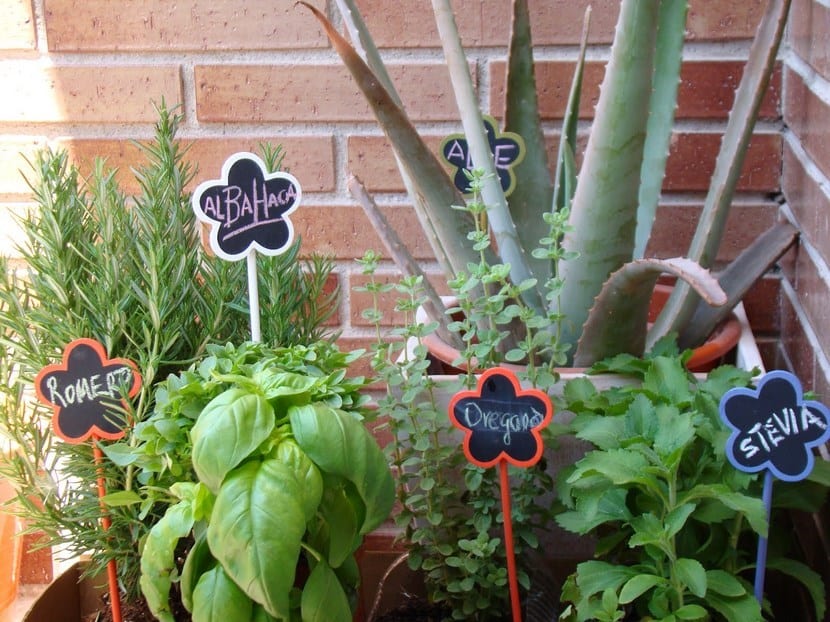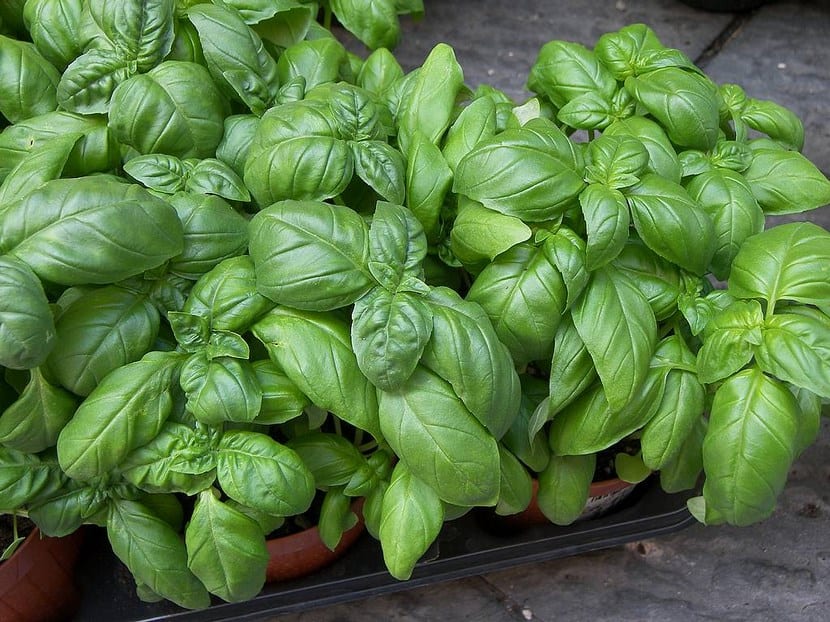
Everyone at some point in our lives has come across herbs whose leaves or flowers have the powerful property of caressing our sense of smell. Just the fact of the sensation of its aromas generates a sensation of transporting you to another world.
In this article we will focus on those that due to their pleasant aroma have become an important factor in our lives And even so much so, that the absence of them leaves a void in many of our daily activities.
What is an aromatic plant?

It is important to clarify that the fact of seeing and using them daily does not exactly mean that we know what are they or why of their properties. That is why we invite you to read a little more so that you know exactly what an aromatic plant is.
These aromatic plants are an excellent tool in the kitchen, achieving exquisite dishes in gastronomy and of course more appetizing. As we have mentioned previously, the plants considered aromatic are those whose properties generate a sensation that stimulates the sense of smell.
We can find many examples of them ranging from trees to shrubs, and whose study is significant to capture their medicinal, culinary and even perfume-making properties.
These can be classified into three main groups:
- The Aliáceas, that are considered of common use.
- The Apiaceae, which have a single stretched stem.
- Laminaceae, which are aerial-stemmed like marjoram and lemon balm.
In turn, these can be classified into subspecies whose physical and aromatic properties may vary in intensity for geographical reasons and even it influences the procedure or method of cultivation by human intervention.
Aliyaceous aromatic plants
They are plants of very daily use, perennial and usually bulbous, which occur in temperate, warm and subtropical regions throughout the world.
These have become indispensable, since without them our lives would practically lose meaning that we give you today. Within these plants we find onion, garlic and chives, also known as chives.
Apiaceous aromatic plants
In this range we find fennel, parsley, anise and coriander among others. These plants are also very involved with our daily work, since many of their species they are also used to flavor different foods and drinks.
They are defined as composed of several herbs and some shrubs, traditionally called «umbellate“Due to the shape they have, it is similar to that of an umbrella.
Laminaceous Aromatic Plants
For its part, these types of plants are traditionally known by the name of 'Licks'. Its most prominent representatives are mint, oregano, thyme and rosemary.
If you have observed these plants you will also see that they are involved in our existence and their absence would be felt because in the XXI century, not having them would deprive us of the fragrance of many of the great dishes in our kitchen.
Uses
Aromas stimulate our body, relax us, heal us, make us fall in love and awaken our appetite, so the use of aromatic plants is seen in many areas of both health, gastronomy and cosmeticsas well as pharmacology and aromatherapy.
Different aromatic plants
Basil

Basil
This aromatic plant called "royal herb" in ancient Greece It is very versatile, as it adds good taste and flavor to many sauces, especially those used to season pasta.
They also add an exquisite flavor to soups and seafood.. Fresh basil can be kept in the fridge, washing and drying the leaves and storing them in plastic bags, or in butter, mixing it with other herbs.
Chamomile

For its part, it has multiple uses as a home remedy, stimulates the appetite and is recommended to relax and relieve stress.
Oregano

Due to its intense flavor, it generates a different flavor in the preparations.
There is a great variety of aromatic plants that we have not named but that is also worth knowing. You just have to dare to try them.